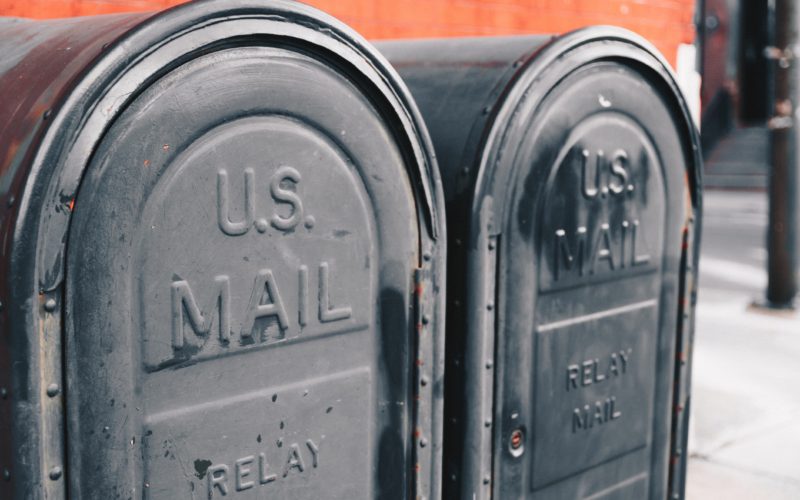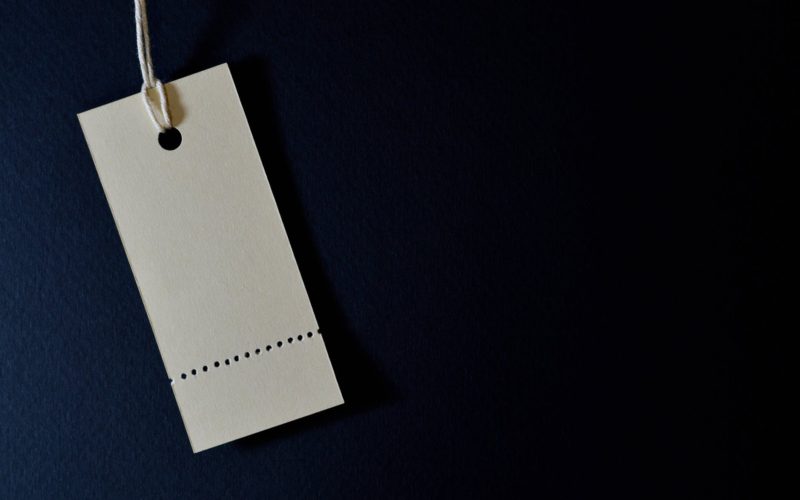Snail Mail Isn’t Dead
I built a million-dollar online branding agency. And you don’t need me to tell you that we live in an increasingly digital world.
So you may be surprised to learn that some of the most effective marketing I’ve developed involved physical, old-school snail-mail.
There are a few different reasons why “old-fashioned” snail mail still works well.
First, we’re over-saturated with digital marketing. Email, social media, search engines, re-targeting – it’s pretty much impossible to get online without finding yourself bombarded by advertisers.
As a result, engagement is declining. Email open rates and click-through rates are trending downward. Cost-Per-Engagement on most forms of online marketing are increasing. For example, the cost to generate a lead using Google AdWords has skyrocketed over the past ten years. It’s still a profitable channel for many businesses, but not nearly as profitable as it was in the early days.
Second, and this is probably a side-effect of digital oversaturation, people seem to gravitate and appreciate real, physical, tangible marketing more today. Handwritten notes stand out. Real-world events, which create a real sense of community and person-to-person interaction, are more popular than they’ve ever been. That’s one major reason I believe that “snail mail” is making a comeback.
Five Direct-Mail Lessons I’ve Learned the Hard Way
Who you’re mailing to is much more important that what you’re mailing. It doesn’t matter how brilliant your mail campaign is – if it’s going out to the wrong target audience, it’s going to flop. So it’s very important that you’re sending it to the right list.
There are a few different ways to go about this. The most common is hiring a list broker or a specialist to find a list for you, matching your target market as closely as possible. If you’re going this route, it’s important to work with an expert that you trust, because again, mailing to the wrong list is a waste of money.
Second, and this is my preference, is mailing to a list that you’ve built yourself. At Spotlight Branding, I built a list of thousands of solo lawyer mailing addresses over just a couple of years. I did this primarily by using funnels – basically, by offering to send them an amazing free resource through the mail. Once we capture the mailing address, we add it to our list for future mailings. This is my preferred way to build a list because you maintain total control of the process, and you guarantee that the people you’re mailing to have already expressed an interest in your business and your products or services.
But building your own list does require time and effort, so if you decide to use a list that someone else has created, I can’t fault you for that. But it’s critical that you work with a pro that you can trust. You get what you pay for, and it’s worth spending a bit more money to ensure that your message reaches the right people.
Always make a specific offer and create a clear course of action. This is an easy mistake to make. The temptation for most business owners is to include a whole bunch of information and a bunch of “action steps” for recipients to take. Visit our website, call us, ‘Like’ us on Facebook, etc.
Instead, your marketing should include a specific offer – i.e., a free copy of an exclusive report – and a clear way to act on the offer. That could mean calling you on the phone, visiting a landing page on the internet, or showing up at your location. Make it as simple, direct, and easy to follow as possible.
Create urgency. It’s hard to motivate people to take action. By nature, humans are set in our ways and prefer the status quo to making changes. So in order to motivate someone to respond to your direct mail advertising, you have to create compelling reasons for them to act, and you have to create urgency to make them act now. Because if they don’t act now, they’re not going to act later.
Typically, the best way to do this is to make a compelling offer tied to a deadline. And you don’t want the deadline to be a long time off – you don’t the recipient thinking that they have plenty of time to act. Another easy way to accomplish this is to provide a limited quantity of whatever you’re offering – only the first 100 people to respond are eligible, for example.
Don’t let your mail go straight to the wastebasket. When you go to your mailbox each day, what’s the first thing you do? You sort it, right? You throw out the obvious “junk mail” and open the rest.
Well, you absolutely, positively, can’t have your mailings sorted as trash and thrown out.
Postcards are one easy way around this problem. Skip the envelope altogether and make your most compelling offer right away.
Otherwise, you need to get creative with your packaging. One way to do this is to include something with some texture inside your envelope, in addition to the letter itself. I’ve included two-packs of Advil (“Bad marketing gives you a headache,”) small plastic bags full of shredded money purchased from the US mint (“Stop wasting money on marketing that doesn’t work,”) among other things. Check out LumpyMail.com for more ideas.
One of my favorite campaigns involved mailing a full-size poster in a cylindrical cardboard package. The poster was entitled “Ten Ways to Create More Referrals for Your Law Practice” and in addition to the poster itself, I included a sales letter with a strong offer. I guarantee you, 100% of those packages got opened, simply because nobody is going to throw that away without looking at it first. Now, I doubt that anybody put the poster up on their wall, but that wasn’t the point. I was successful in making sure that my message got delivered, and we had a great response rate from the campaign.
Create sequences, not one-off mailings. I found that results were significantly better when we sent our mailings in a sequence, including 2-4 mailings spaced out by about 5 days. Remember, it takes multiple touchpoints to create action in most cases. So your first mailing, no matter how strong it is, is going to be ignored by many recipients. But when the second, third, and fourth mailing show up in their box, they’re going to be more receptive.
As an example, I sent a sequence that began with a strong, oversized postcard. It was followed 5 days later by the poster I mentioned above. 5 days later, another postcard. 5 days after that, a sales letter with some sort of bulky insert to ensure that the envelope got opened. This performed much better than one-off mailings.
For Best Results, Integrate Other Marketing and Sales Channels Into Your Mailing Sequence
In my experience, mail campaigns work best when integrated with other channels as well. Specifically, I’ve used email and phone calls from our sales team effectively. The key is to build a sequence where every step is choreographed and timed.
As an example:
Day One: Postcard Arrives
Day Two: Email Sent
Day Four: Personal Phone Call from Sales Team
Day 6: Lumpy Sales Letter Arrives
And so on. When you hit your prospects through multiple different channels in a relatively short time frame, your response rate will increase.
Bottom line: snail mail isn’t dead. And even if your business is online, marketing offline can still be very profitable. For example – have you ever noticed that Google likes to promote its AdWords service with physical, mailed postcards? Ironic, right?
Direct mail still works, and it should be a part of your lead-gen strategy.









